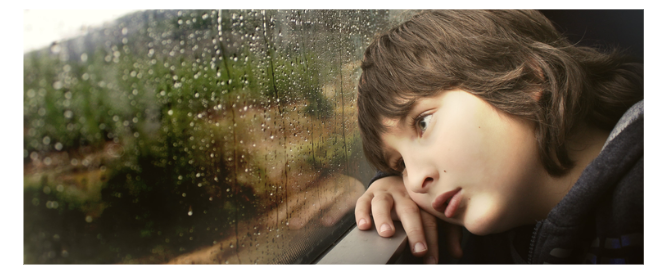While rain symbolizes many things to different crowds, one can not ignore its profound impact on the human psyche. Rain has inspired many poets, writers and authors to give it its own unique personality. Sometimes it is depicted as a hero that ends the suffering of desperate farmers, sometimes a lover that soothes a broken heart, and sometimes a disaster that wreaks havoc on a small village.
Moving away from fiction, rain can also have a very real and direct impact on our moods.
The term mood can be defined as a persistent, enduring and continuous emotional state that has a considerable impact on an individual’s perception, behavior, and overall psychological functioning. Mood disorders are a type of mental health problem characterized by severe disruptions in an individual’s emotional state of being.
Depression, often the first thing that comes to mind when talking about mood disorders, is a clinical condition and in its most severe case a person feels extremely hopeless, worthless and helpless. It encompasses various types that need different criteria for their diagnoses. Anxiety, on the other hand, is a clinical condition which is characterized by persistent and excessive apprehension, fear and nervousness that arises in anticipation of future threats or perceived dangers, whether real or imagined. This article attempts to explore how rain affects our moods.
Studies have exhibited mixed results when it comes to rain and its impact on mental health. Rain in summers can affect our moods positively by offering solace in the scorching, dry heat. It acts as an agent that connects people in a peaceful environment with friends and family over a cup of tea or coffee. This prevents isolation and loneliness which are some of the leading causes of mood disorders.
However, murky skies are often associated with human emotions such as sadness, loneliness and unpredictability. We witness this portrayal of the rain in TV shows and movies. Rain is often used to set the scene of gloom. This can influence our perception of the rain and how it makes us feel. The feelings of unpredictability can exacerbate anxiety as heavy non-stop rainfall brings power outs, floods, and road blocks.
The cozy and comfortable rainy weather can feel soothing and relaxing, when combined with the cool breeze and your favorite series or songs. Conversely, some people feel sluggish to continue their daily routine. The lack of vitamin D from sunlight affects our energy levels. Sunlight helps in the production of neurotransmitters such as serotonin which contributes to our mental wellness. Overcast skies offer little to no sunlight and this reduces the production of serotonin which can lead to depressed moods. Part of the cause of Seasonal Affective Disorder (SAD) is this phenomenon. SAD is a type of depression that often strikes during winters, when daylight is at its lowest.
Anxiety can creep up when rain does not seem to stop which hampers our daily routines of getting to work, college, school, or even the marketplace to get the necessities. People who have reported being stuck in floods and or losing their homes due to thunderstorms can experience greater amounts of anxiety and distress.
In all, how rain affects us depends on its timing, intensity and duration. Even so, it is paramount to take care of ourselves irrespective of the weather. Finding a way to enjoy all the seasons will ensure us of a good overall well-being. For instance, loving the summers for its sweetest mangoes and ice creams and enjoying the winters because of cozy sweaters and bonfires.
Likewise, we can also learn to appreciate the rain for its abilities such as purifying the atmosphere, watering dry lands, rejuvenating plants and helping us cool down and relax midsummers.
About the Author


